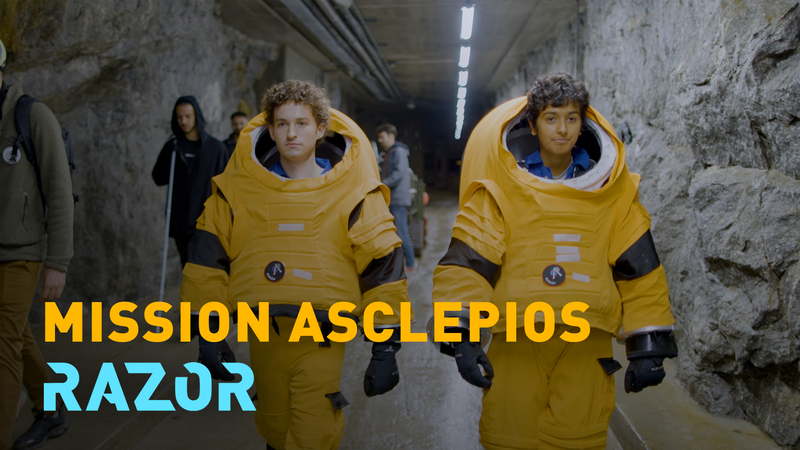Ever thought CO2 molecules could surprise us? 😮 Well, they just did! A team of Israeli and German researchers has uncovered some mind-bending behavior of carbon dioxide molecules when zapped with strong radiation.
In a study published in Nature Communications, scientists from the Hebrew University of Jerusalem and institutions in Germany found that CO2 molecules start acting a bit wild under extreme conditions. Instead of staying symmetric like they usually do, these molecules break their symmetry and form something called CO3 moieties. This might sound fancy, but it could be a big deal for how we understand chemical reactions in the chilly depths of outer space. ❄️🌌
Using super-fast extreme ultraviolet (EUV) imaging (think of it as a molecular paparazzi camera 📸), the team watched pairs of CO2 molecules, known as dimers, as they got ionized. What they saw was astonishing! In just a blink of an eye (about 100 millionths of a billionth of a second, to be exact 😲), the molecules shifted from their comfy, stable shape to a totally new T-shaped structure. And that's not all—after a second ionization, these dimers formed complexes that stuck around longer than anyone expected.
The coolest part? The CO2 pairs existed in a superposition of two states that broke their symmetry. It's like the molecules couldn't make up their minds until someone looked at them—talk about quantum weirdness! 🌀 This symmetry-breaking means the way charges are distributed in the dimers changes how they behave when hit with radiation.
So why should we care? 🤷♂️ These findings could change the game in how we understand molecular interactions in extreme environments, like in our atmosphere or way out in space. It’s a huge step forward in the world of physics and chemistry, and who knows—it might even lead to new discoveries about the origins of complex molecules in the universe! 🚀
Reference(s):
Study finds CO2 molecules change abnormally under strong radiation
cgtn.com




